Using Design to Drive Product Performance
Part of UX Capability Build
Ecclesiastical – Specialist Insurance and Financial Services
Objective
Link design efforts to measurable business and product outcomes, demonstrating how user experience directly influences performance, efficiency, and strategic prioritisation.
Context
Product decisions were largely based on technical or delivery constraints, with little visibility of how design influenced outcomes. There was a desire to improve product performance, but no clear way to connect user experience to measurable impact.
To shift this, we needed to:
- Establish how UX affects product and platform performance.
- Identify high-impact areas where design could reduce risk or improve outcomes.
- Set up a sustainable model for ongoing performance-informed design decisions.
My role
Facilitated collaboration between delivery, product, and architecture teams.Used research and analysis to identify key areas for UX improvement tied to business goals.
Used research and analysis to identify key areas for UX improvement tied to business goals.
What I did
Defined a Product Performance Improvement Plan
- Co-created a plan that outlined how UX would contribute to performance improvement.
- Set expectations with leadership around what design would impact and what it wouldn’t.
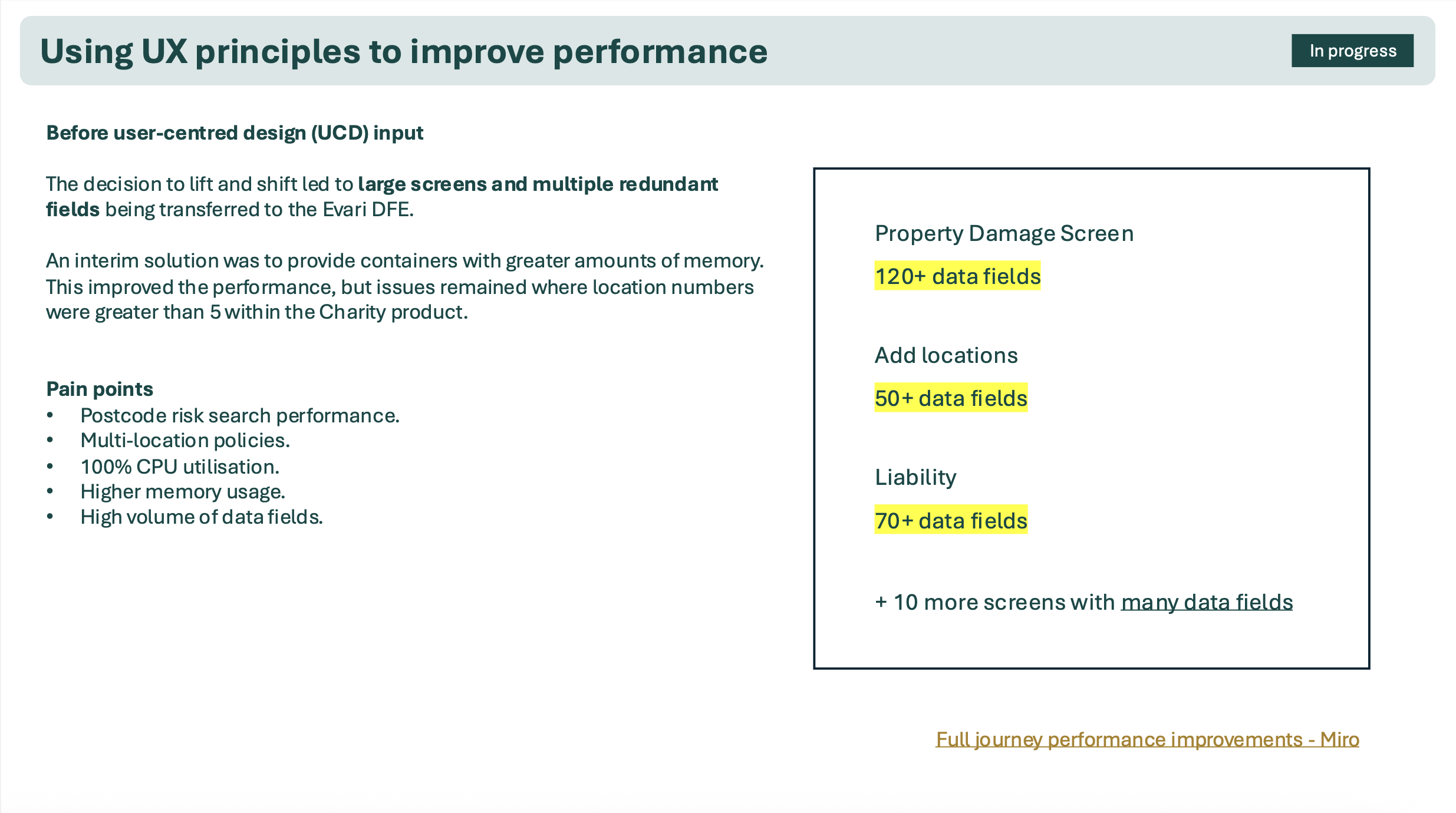
Research-Informed Prioritisation
Used research insights to identify areas of the product most in need of UX investment.
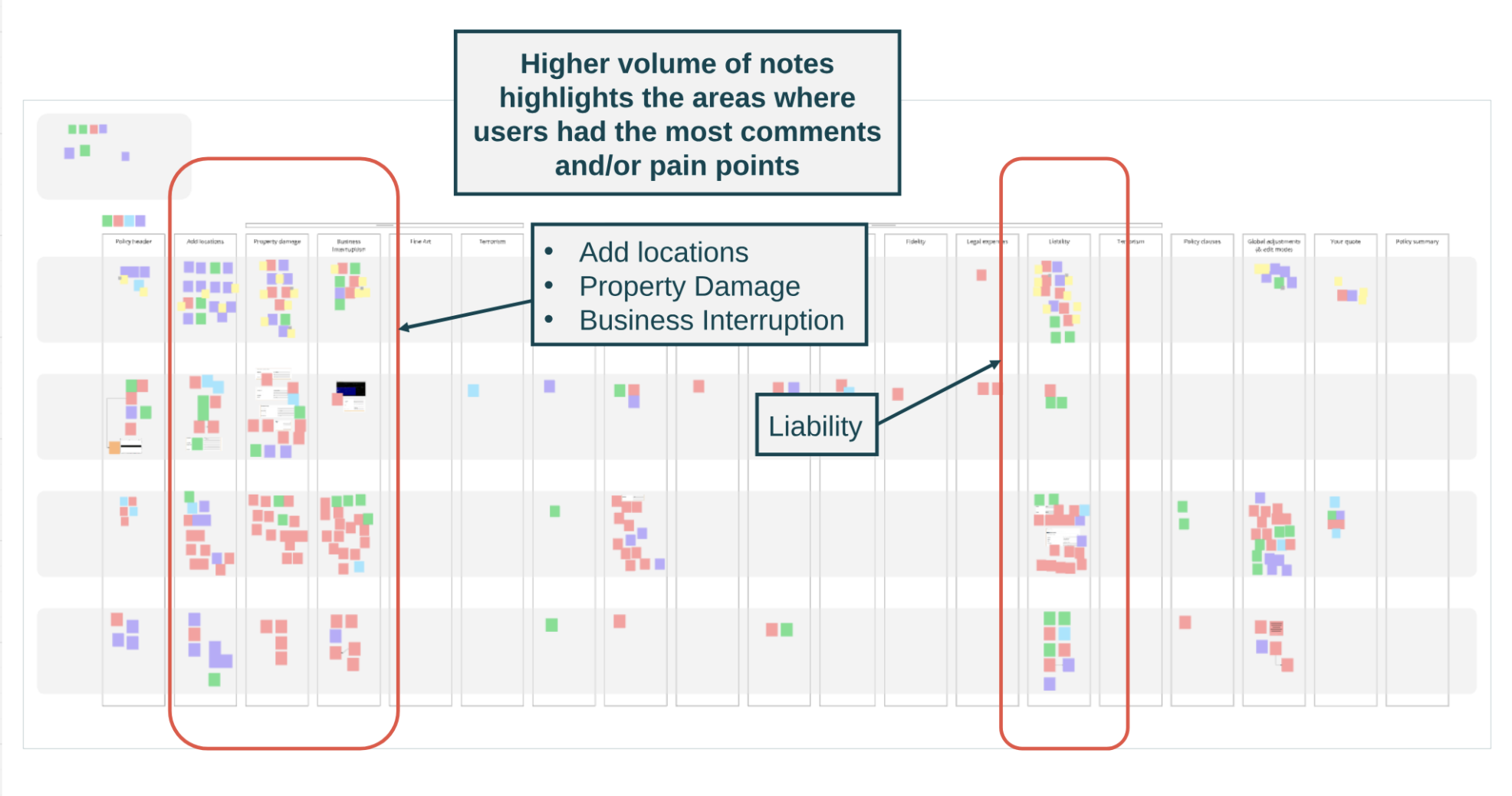

UX-Driven Platform Efficiency
1
Partnered with architects and developers to analyse product architecture and workflow complexity
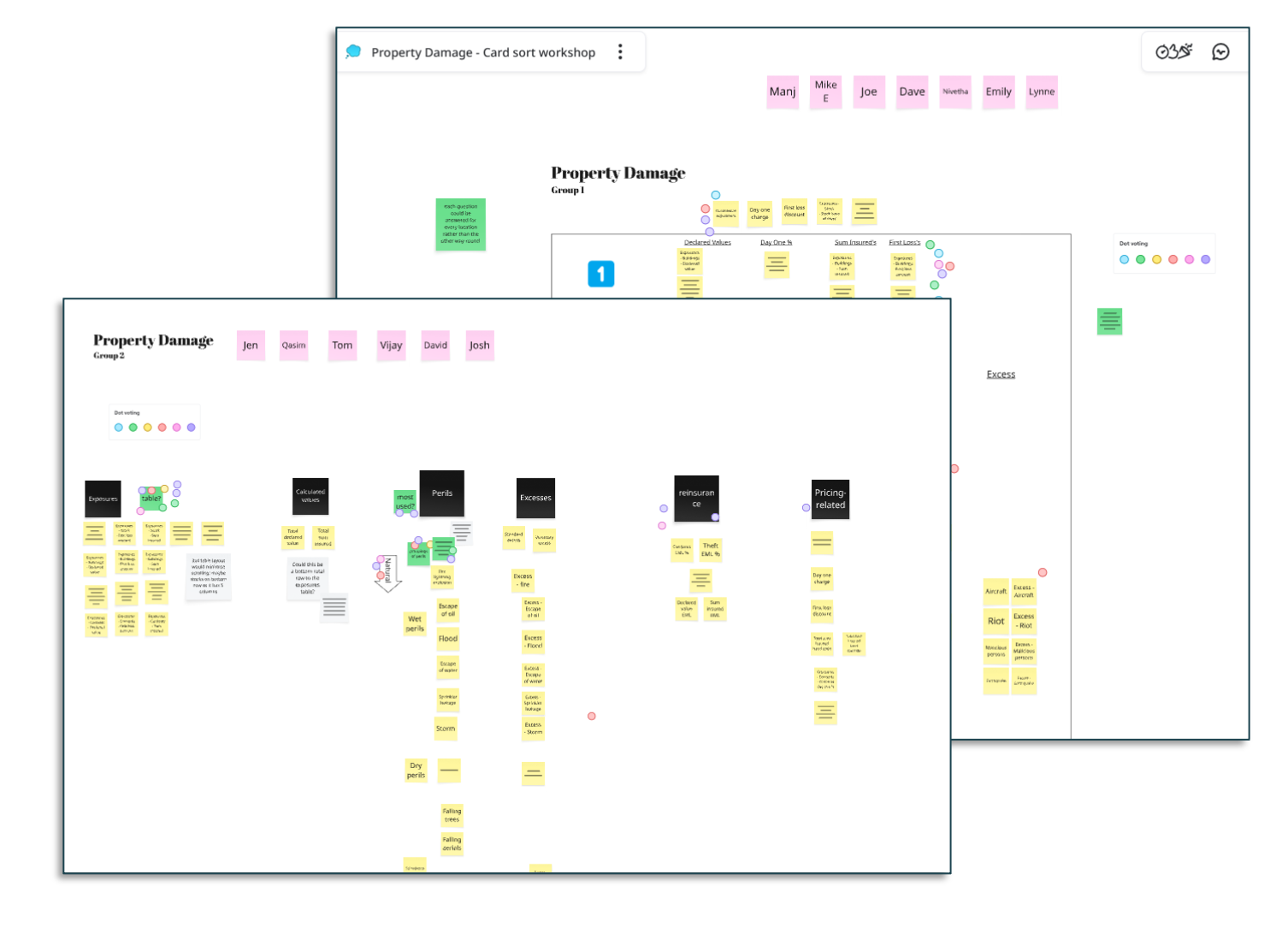
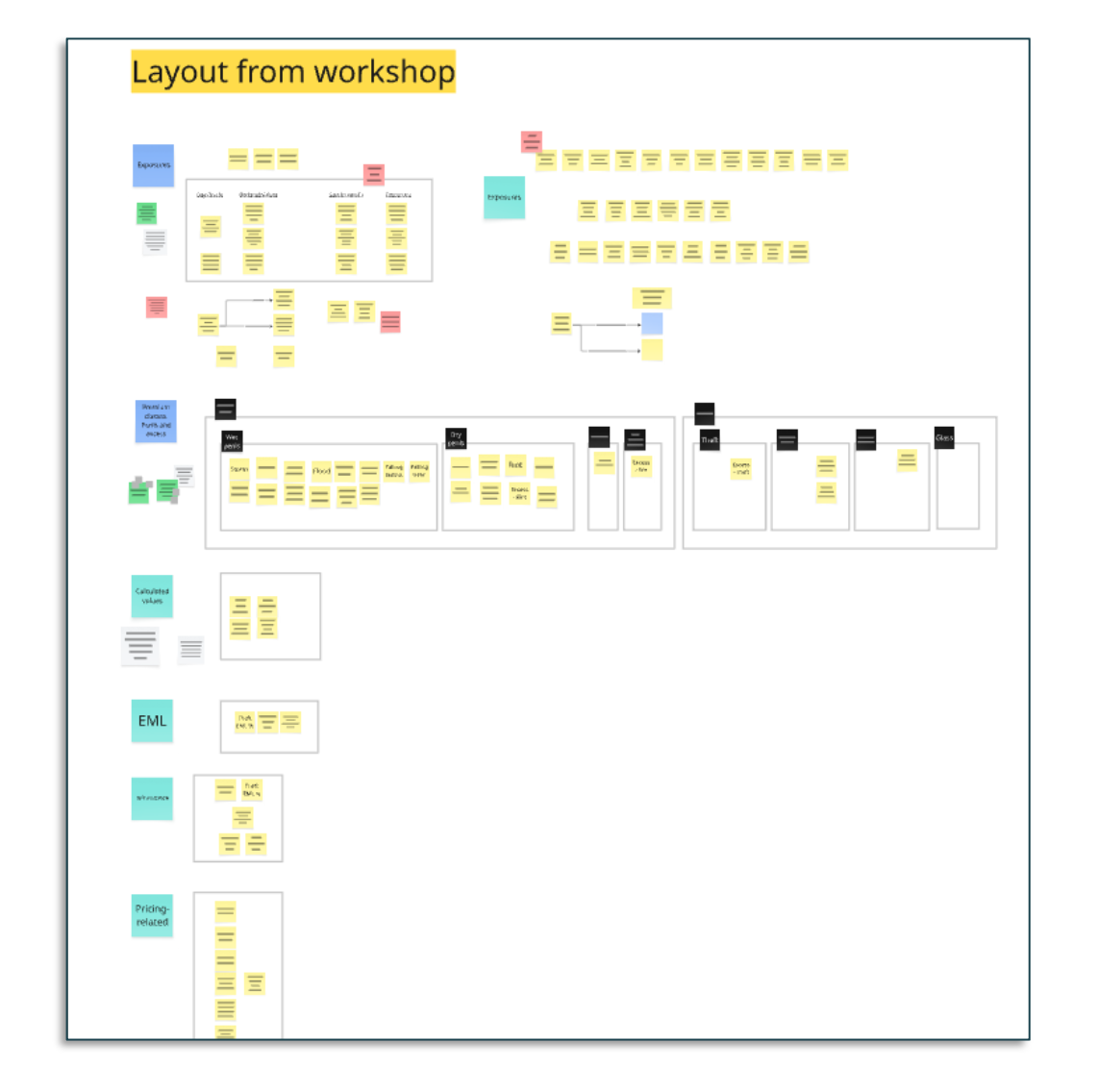
2
Used comparative design analysis to show how inconsistent patterns slowed users down and increased support needs.
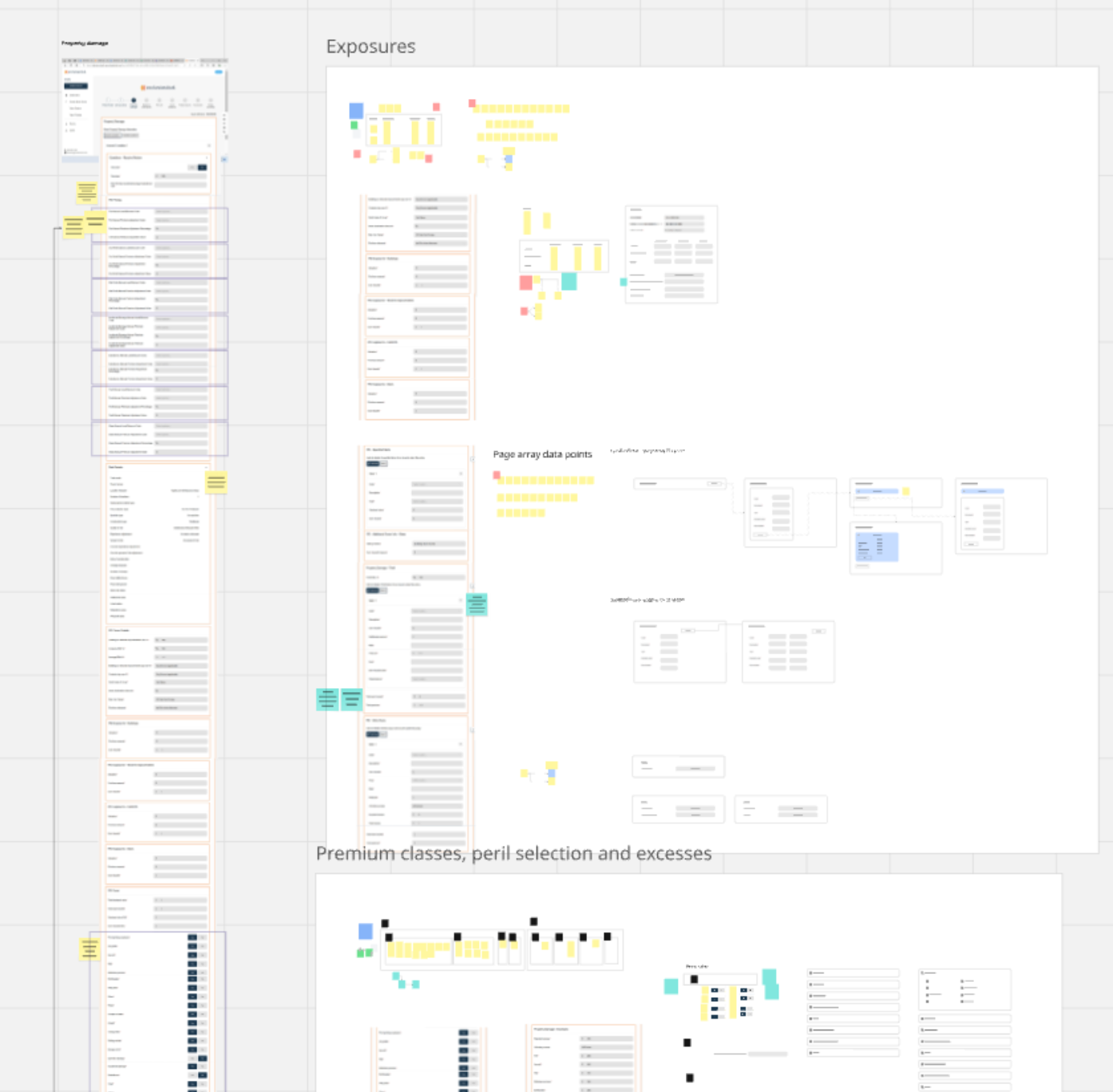
3
Proposed simplified, reusable design solutions that reduced cognitive load and technical duplication.
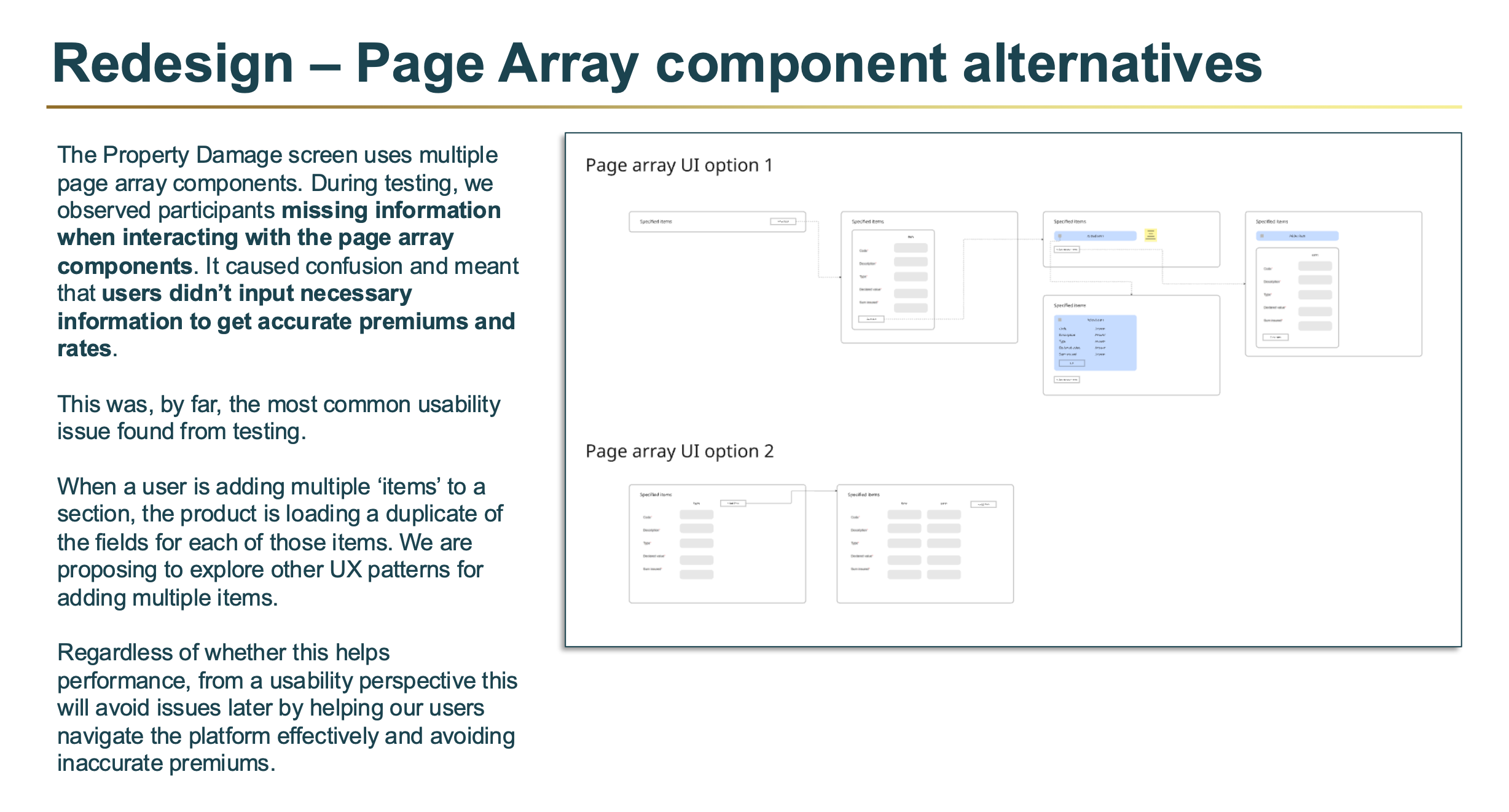
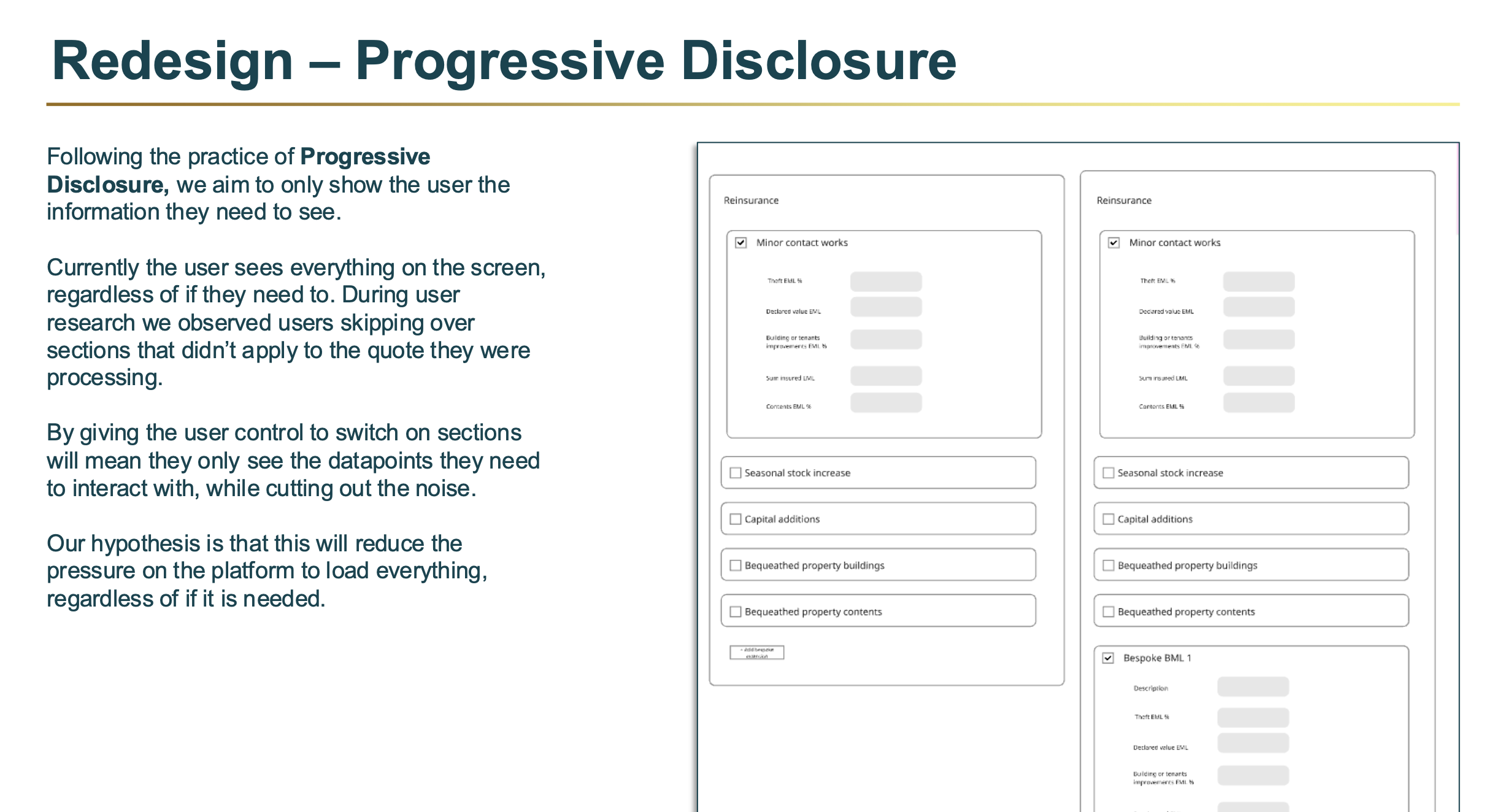

Outcomes
- Product team prioritised redesigns based on evidence, not gut feel, leading to more focused sprints.
- Helped identify inefficiencies in existing workflows, enabling architecture and design to co-own simplification strategies.
- This work laid the groundwork for a sustained feedback loop between user experience, delivery, and business performance.
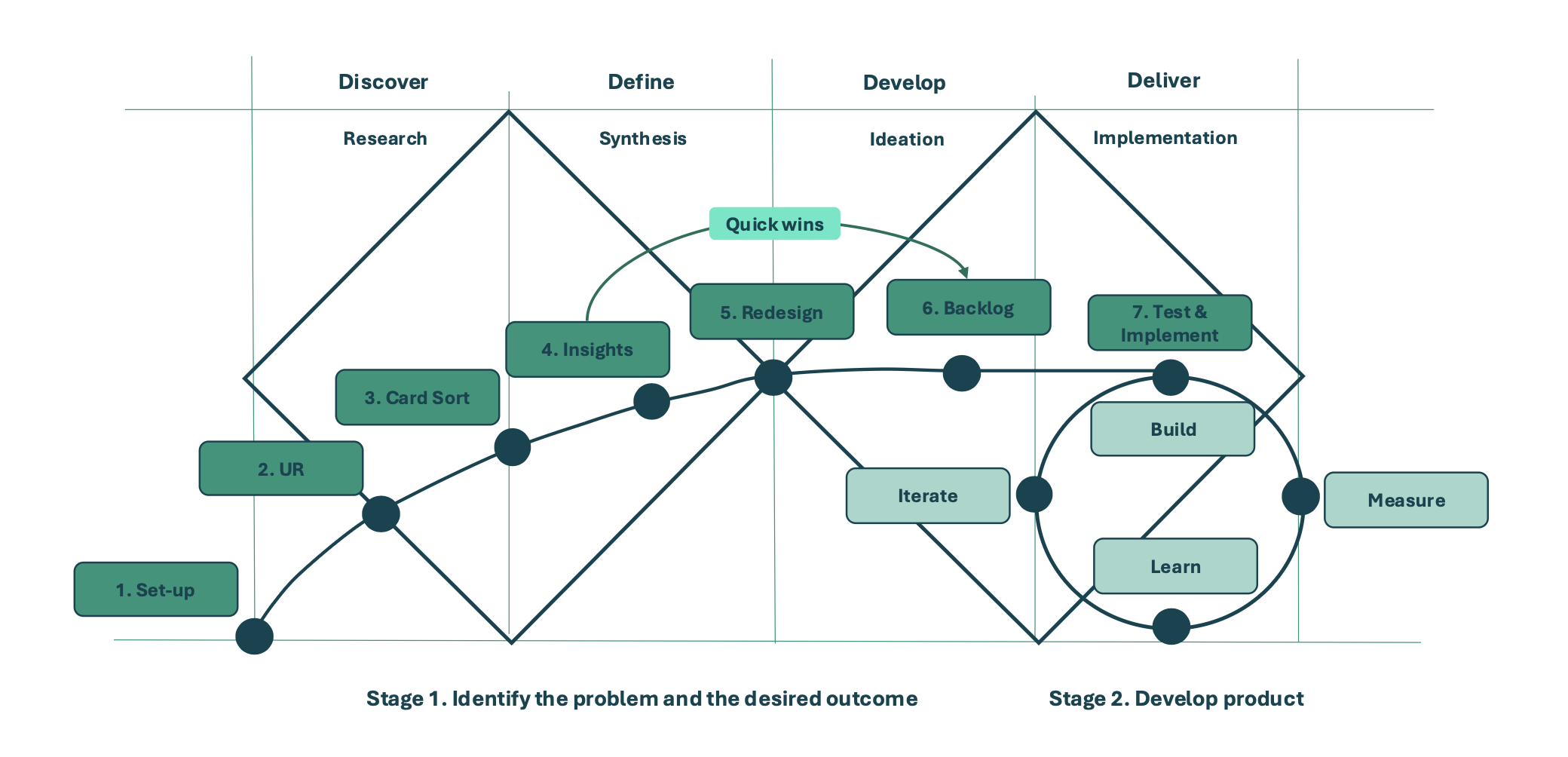
Sam Long – 2025